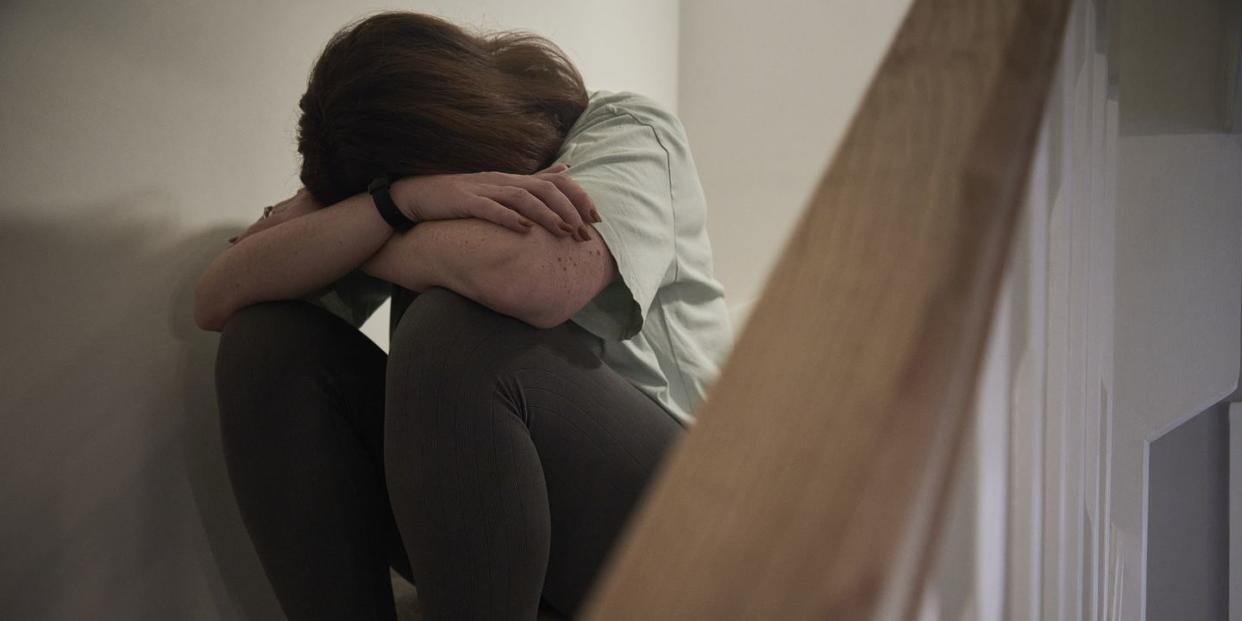A worrying number of teenage girls don't know what coercive control is

A new report from Northern Ireland suggests that fewer than one in six 16-year-old girls have heard of coercive control and understand what it is.
Coercive control is an action, or pattern of actions including assault, threats, humiliation or intimation which are intended to ‘harm, punish, or frighten their victim’, Woman’s Aid explains on their website.
In 2015, England and Wales become the first countries in the world to make coercive control in relationships a criminal offence - punishable by up to five years in jail. New domestic abuse laws in Northern Ireland - where the study took place - which officially recognised coercive control as a specific offence came into effect in 2022.
The research from Ulster University (UU), Queen's University Belfast (QUB) and the Northern Health Trust found that only 16% of more than 2,000 16-year-olds had both heard of it and knew what it meant.
The study asked the 2,069 teenagers to evaluate two different scenarios which demonstrated coercive control, including one where a boy tells his girlfriend he "doesn't like her hanging out with her friends anymore" and has passwords for all her social media accounts.
While most of the participants were able to identify the behavior as abusive - whether with a male or female victim - most did not know the terminology to describe what was happening.
The researchers said if young people did not know about coercive control they may also not know to seek help if they experienced it.
Boys who took part were more likely to know the terminology than girls.
In 2021 there were 33,954 offenses of coercive controlled reported to police in England and Wales. But only 1,403 defendants were prosecuted. “The latest statistics show that almost all perpetrators convicted for controlling and coercive behaviour in England and Wales in the year ending Dec 2020 were male,” says Woman’s Aid in a statement marking the legislation’s six-year anniversary. Adding; “These figures clearly show the gendered nature of domestic abuse.” An analysis of police data also showed that ‘76% of coercive control cases happened within an intimate partner context’.
"Providing young people with the language and tools to communicate with parents, guardians, peers about unhealthy relationship practices will create wider pathways to support," the study said.
"We are unable to gauge the true extent of this issue among young people but what we do know is that coercive control is a feature in some young adults' relationships," Dr Dr Susan Lagdon from UU told BBC NI, "[s]upporting young people to act on their own behalf is an important step change to empowerment within their own intimate relationships."
Signs of coercive control according to Woman’s Aid:
Isolating you from friends and family
Depriving you of basic needs, such as food
Monitoring your time
Monitoring you via online communication tools or spyware
Taking control over aspects of your everyday life, such as where you can go, who you can see, what you can wear and when you can sleep
Depriving you access to support services, such as medical services
Repeatedly putting you down, such as saying you’re worthless
Humiliating, degrading or dehumanising you
Controlling your finances
Making threats or intimidating you
For confidential support or advice about coercive control, you can contact Woman’s Aid using their live chat feature.
You Might Also Like

